Table of Contents
Estonian Hound Dog Breed
The Estonian Hound dog breed is a charming and versatile hound known for its exceptional hunting skills and friendly disposition. Bred primarily for hunting, this breed has gained popularity among dog enthusiasts and families alike due to its balanced temperament, manageable size, and striking appearance. Whether you’re an experienced hunter looking for a reliable companion or a family seeking a loyal and playful pet, the Estonian Hound could be a perfect fit. This article delves into the breed’s unique characteristics, history, physical traits, and more to help you understand why the Estonian Hound is a cherished breed among dog lovers.
History and Origin
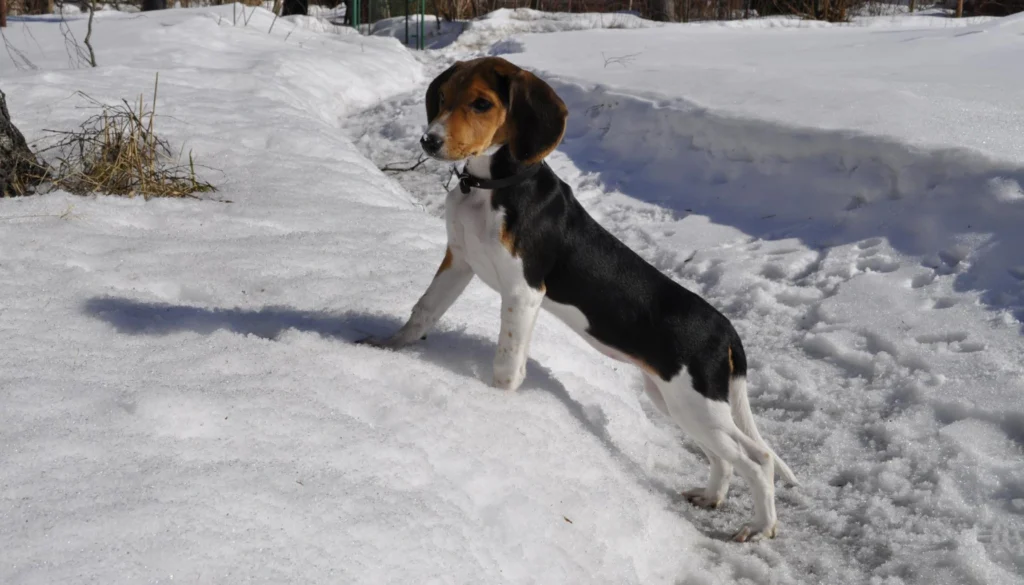
The Estonian Hound originates from Estonia, where it was developed in the early 20th century. The breed was officially recognized in 1954, following a mandate by the Soviet Union that each member country should have its own distinct dog breed. The Estonian Hound was created by crossing various local hounds with beagles, foxhounds, and other European hounds to produce a breed suited to the Estonian terrain and climate. Historically, these dogs were used for hunting a variety of game, including foxes, hares, and raccoons, making them an indispensable asset to hunters.
Physical Characteristics
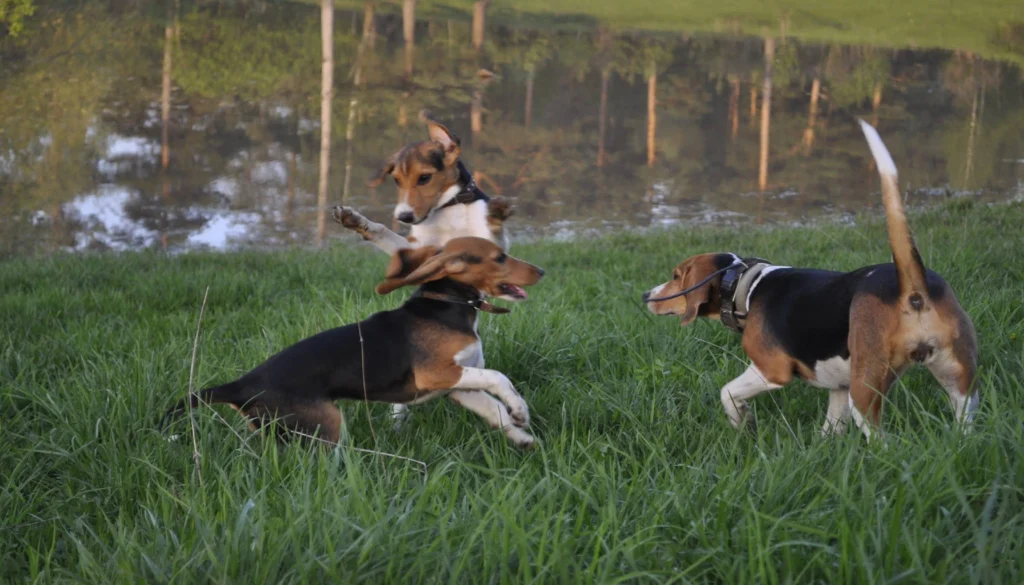
Size and Build
The Estonian Hound is a medium-sized dog, typically weighing between 33 to 44 pounds (15 to 20 kg) and standing 17 to 21 inches (43 to 53 cm) tall at the shoulder. They have a sturdy and muscular build, which contributes to their endurance and agility in the field.
Coat and Colors
The coat of the Estonian Hound is short, dense, and smooth, providing ample protection against the elements without requiring extensive grooming. Common colors include a tricolor pattern with black, tan, and white, although some dogs may exhibit bicolored coats with combinations of these shades.
Distinctive Features
One of the breed’s most distinctive features is its expressive, almond-shaped eyes, which convey a keen intelligence and gentle disposition. The ears are moderately long, hanging close to the cheeks, and the tail is usually carried in a slight curve, adding to their elegant appearance.
Temperament and Personality
Interaction with People
The Estonian Hound is known for its friendly and sociable nature. They are typically good-natured and affectionate, making them excellent companions for families and individuals alike. Their eagerness to please and loyalty to their owners make them highly trainable and responsive to positive reinforcement.
Interaction with Children and Other Animals
Estonian Hounds generally get along well with children, displaying patience and playfulness that make them ideal family pets. They also tend to be amicable with other dogs and can coexist peacefully with other household animals, provided they are properly socialized from an early age.
Health and Lifespan
Common Health Issues
The Estonian Hound is a robust and healthy breed with few breed-specific health issues. However, like all dogs, they can be prone to certain conditions, including hip dysplasia, ear infections, and obesity. Regular veterinary check-ups and a balanced diet are essential to maintaining their health.
Average Lifespan
The average lifespan of an Estonian Hound is around 12 to 15 years. With proper care, including a nutritious diet, regular exercise, and preventative healthcare, these dogs can enjoy a long and healthy life.
Health Tips
- Regular Exercise: Ensure your Estonian Hound gets plenty of exercise to maintain a healthy weight and good muscle tone.
- Ear Care: Regularly check and clean their ears to prevent infections, as their floppy ears can trap moisture and debris.
- Balanced Diet: Provide a high-quality diet tailored to their age, weight, and activity level to support overall health and well-being.
Care and Grooming
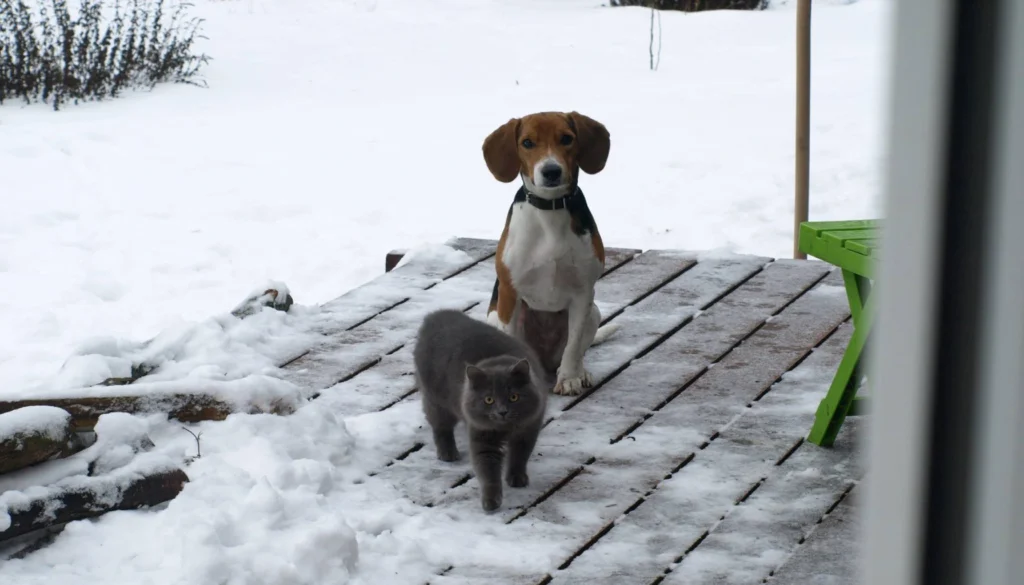
Grooming Needs
The Estonian Hound’s short coat is relatively low-maintenance. Weekly brushing will help remove loose hair and keep their coat looking its best. Bathing should be done as needed, typically every few months or when they get particularly dirty.
Exercise Requirements
These active and energetic dogs require regular exercise to keep them physically and mentally stimulated. Daily walks, playtime, and opportunities to run in a secure area are essential to prevent boredom and destructive behavior.
Dietary Recommendations
A balanced diet rich in protein, healthy fats, and essential vitamins and minerals is crucial for the Estonian Hound. Consult your veterinarian for specific dietary recommendations based on your dog’s age, weight, and activity level.
Training and Socialization
Training Tips
Estonian Hounds are intelligent and eager to please, which makes them relatively easy to train. Positive reinforcement techniques, such as treats and praise, work best with this breed. Consistency and patience are key, as some individuals may exhibit a stubborn streak.
Socialization Strategies
Early socialization is vital to ensure your Estonian Hound grows up to be a well-adjusted adult dog. Expose them to a variety of people, environments, and other animals from a young age to build their confidence and reduce the likelihood of fear-based behaviors.
Challenges and Solutions
While generally obedient, Estonian Hounds can sometimes be independent-minded. Keeping training sessions short, engaging, and fun can help maintain their interest and cooperation. Additionally, providing plenty of mental and physical stimulation can prevent undesirable behaviors.
Suitability as a Family Pet
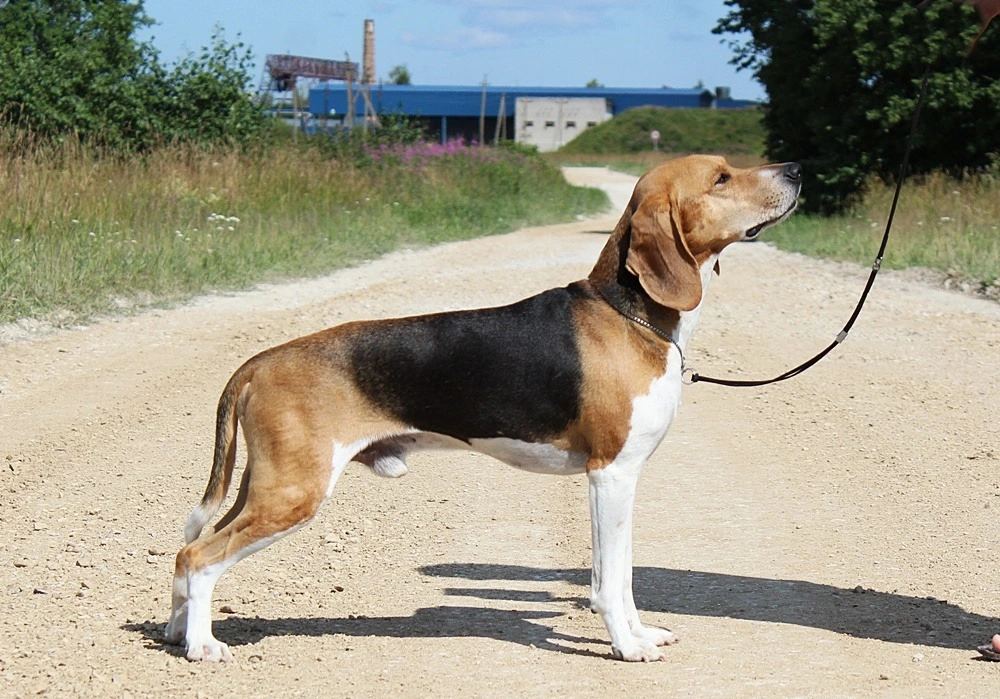
Living Environment Considerations
The Estonian Hound adapts well to various living environments, from apartments to larger homes, provided they receive adequate exercise. They do best in homes with access to a secure yard where they can run and play.
Energy Levels
This breed has a moderate to high energy level, requiring daily physical activity to stay happy and healthy. They enjoy outdoor adventures, such as hiking and running, and can thrive in an active household.
Fun Facts and Trivia
- National Pride: The Estonian Hound is the national dog breed of Estonia.
- Hunting Heritage: They are known for their excellent scenting abilities, making them superb hunting dogs.
- Adaptable: Despite their hunting background, Estonian Hounds make great family pets due to their friendly and adaptable nature.
Dog Breeds Similar to the Estonian Hound
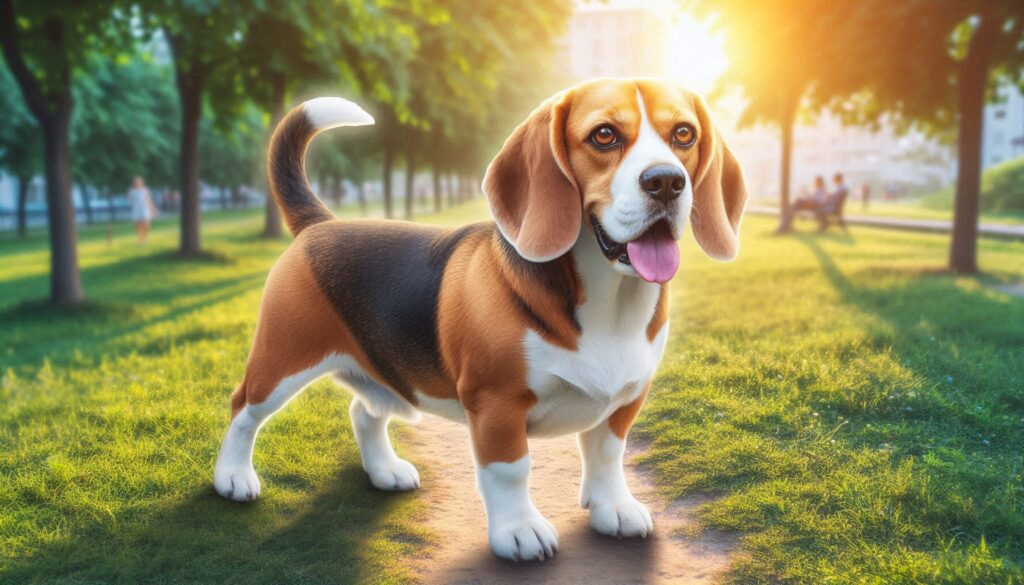
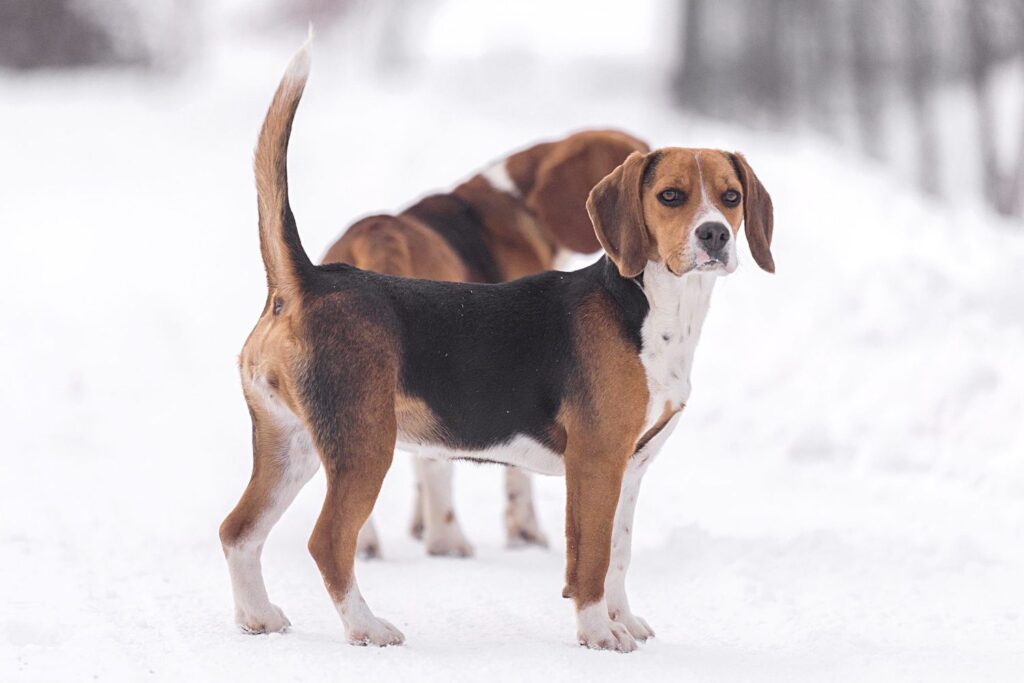
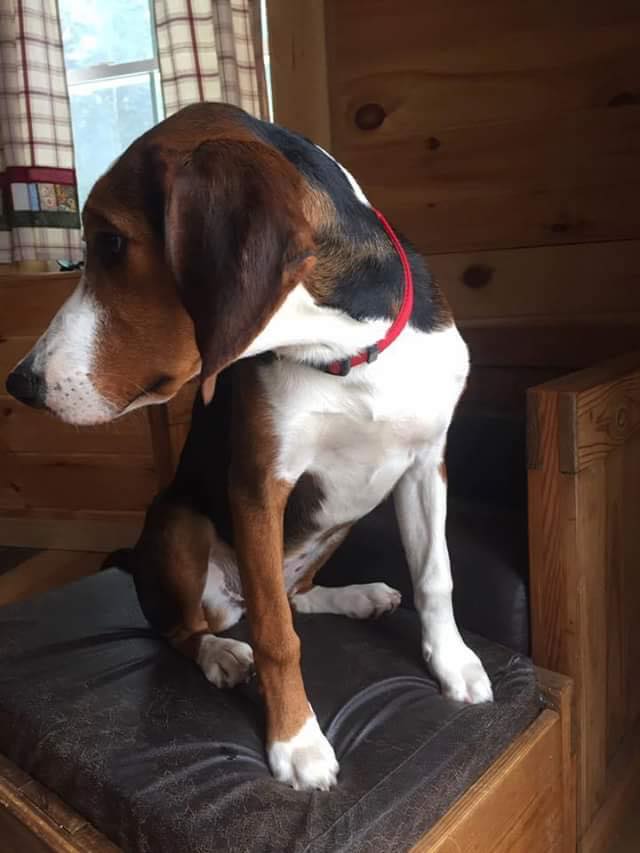
1. Beagle
The Beagle is a small to medium-sized hound known for its excellent sense of smell and friendly disposition. Like the Estonian Hound, Beagles are used for hunting and make great family pets due to their affectionate and playful nature.
2. Harrier
The Harrier is another scent hound similar in size and appearance to the Estonian Hound. They are energetic, friendly, and good with children, making them suitable for active families who enjoy outdoor activities.
3. Finnish Hound
The Finnish Hound is a medium-sized breed with a strong hunting instinct. They are known for their endurance and agility, as well as their friendly and sociable personality, making them great companions for both hunting and family life.
Conclusion
The Estonian Hound is a versatile and friendly breed that excels in both hunting and family settings. With their loyal nature, manageable grooming needs, and adaptability, they make excellent companions for a variety of households. Whether you’re drawn to their hunting prowess or their affectionate personality, the Estonian Hound is a breed worth considering for your next pet.
FAQ
Is the Estonian Hound a dangerous dog?
No, the Estonian Hound is not considered a dangerous dog. They are known for their friendly and sociable nature, making them good companions for families and individuals alike. Proper training and socialization are essential to ensure they develop into well-behaved adults.
Is the Estonian Hound the best guard dog to protect you or your family?
The Estonian Hound is not typically used as a guard dog. While they may alert you to the presence of strangers with their barking, they are generally more suited to hunting and companionship roles rather than protection. Their friendly and non-aggressive nature makes them better family pets than guard dogs.